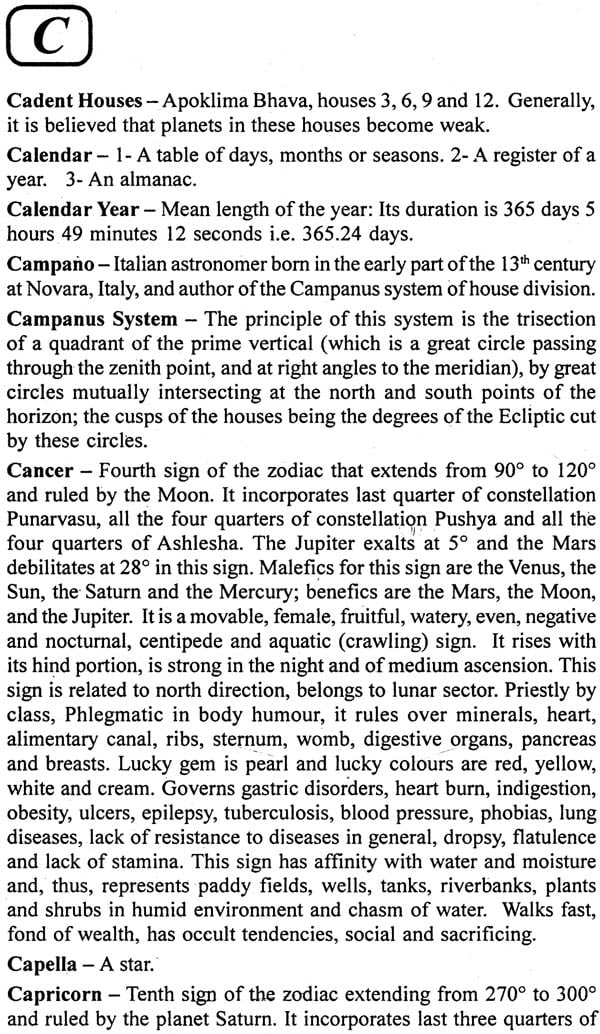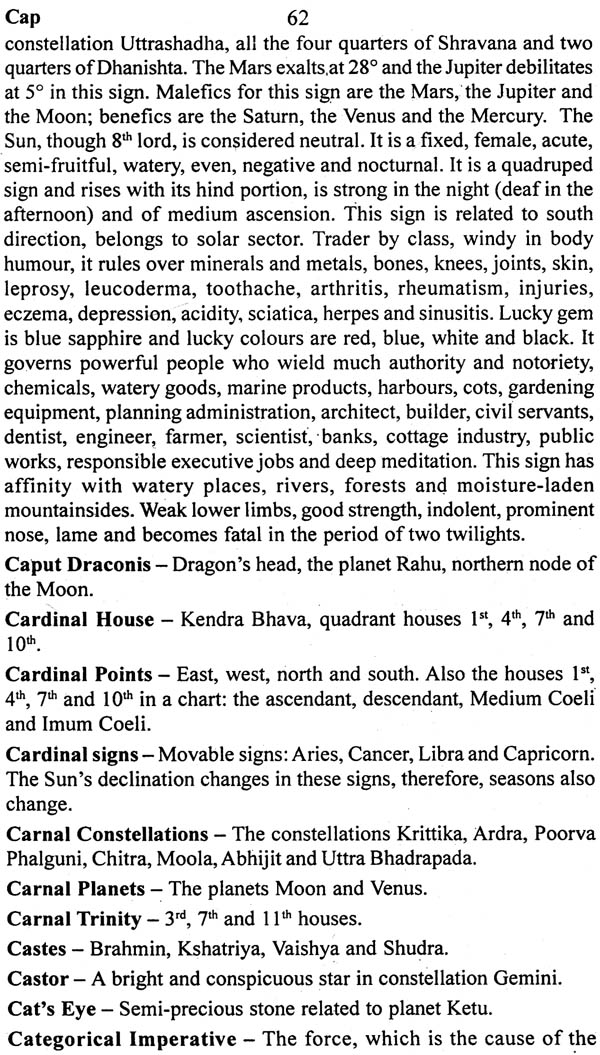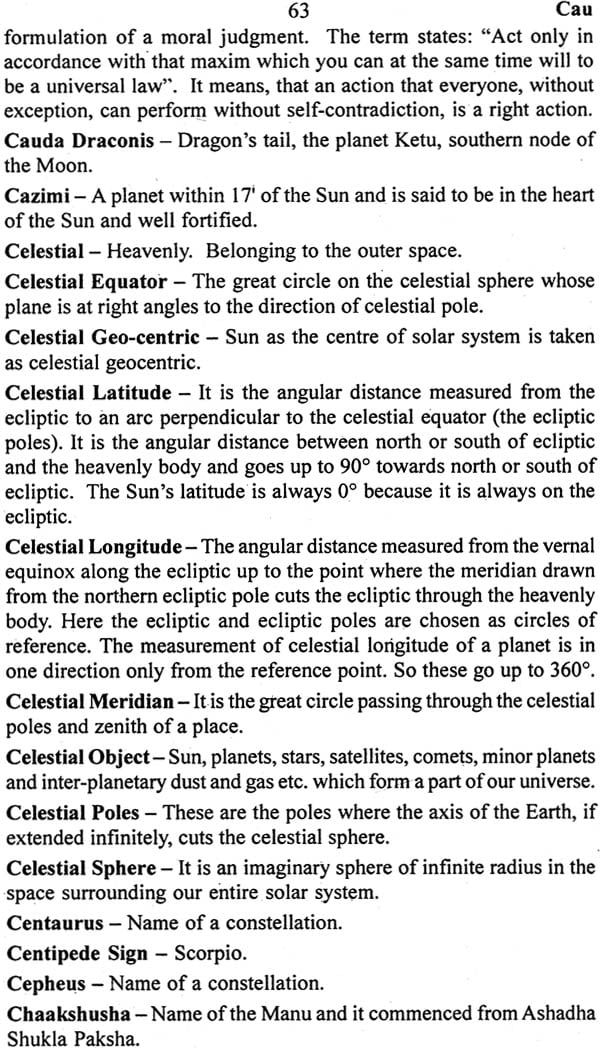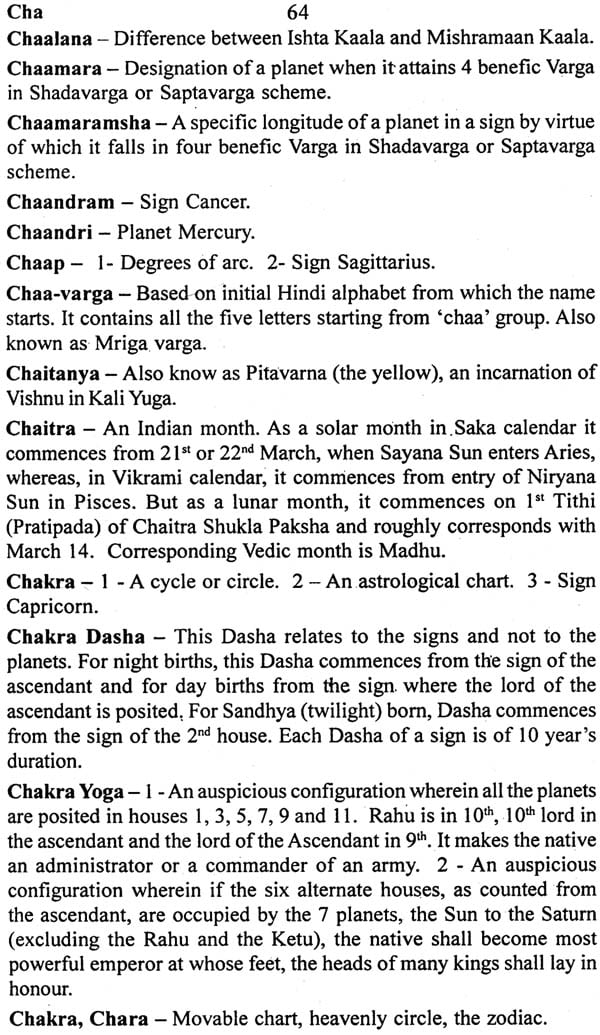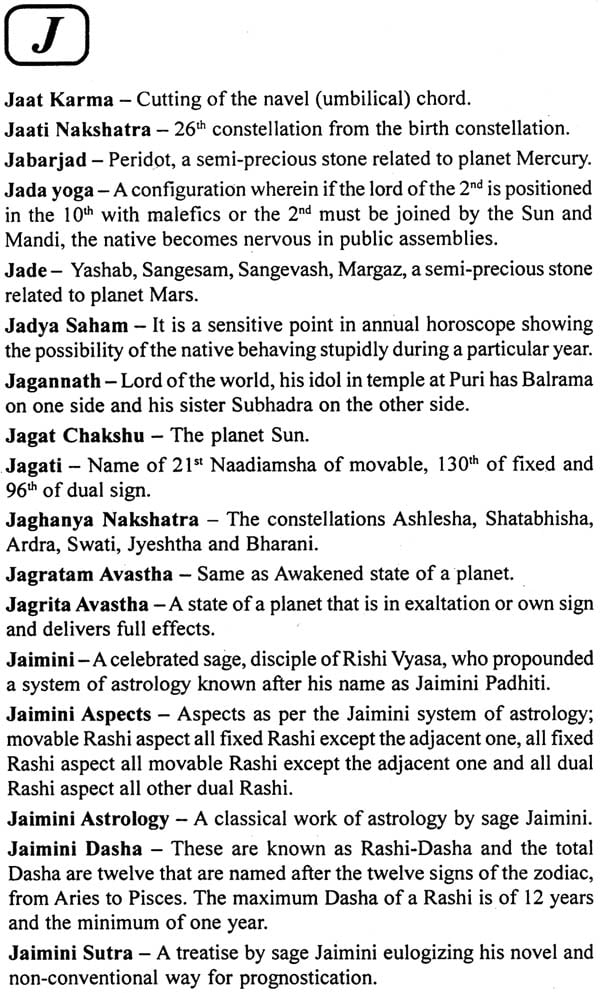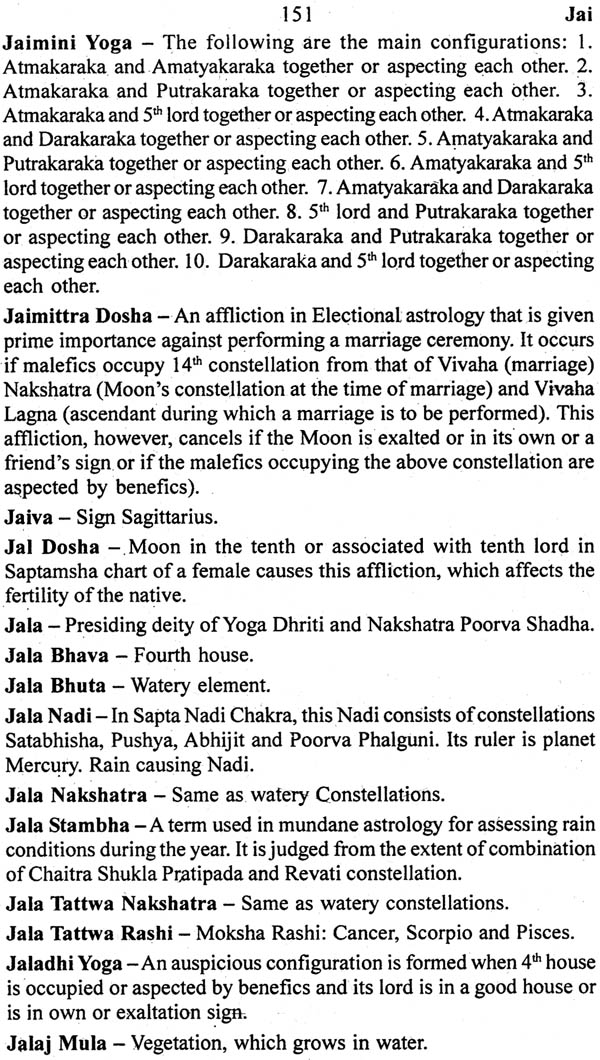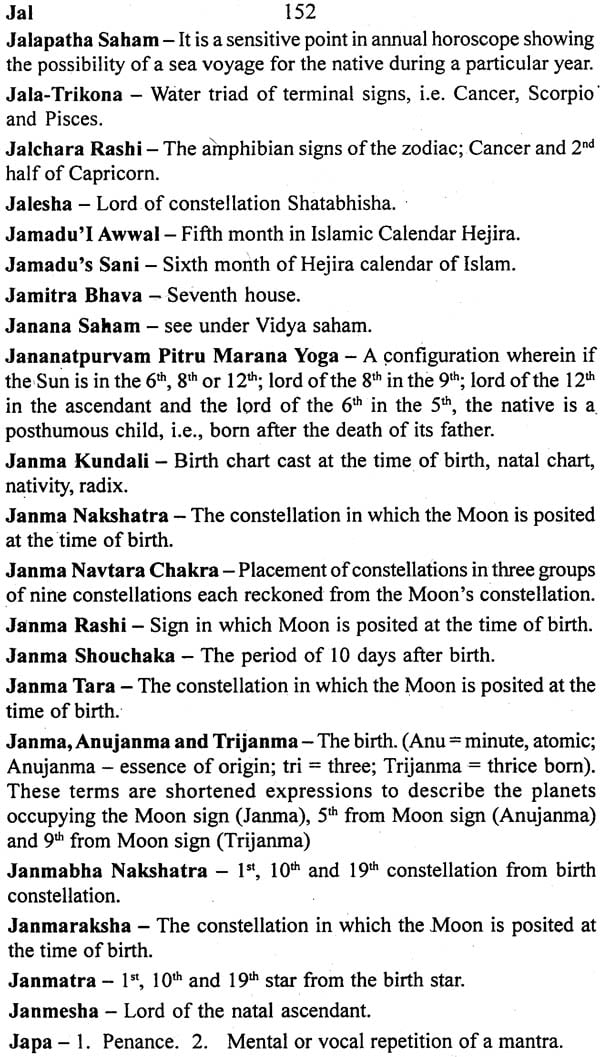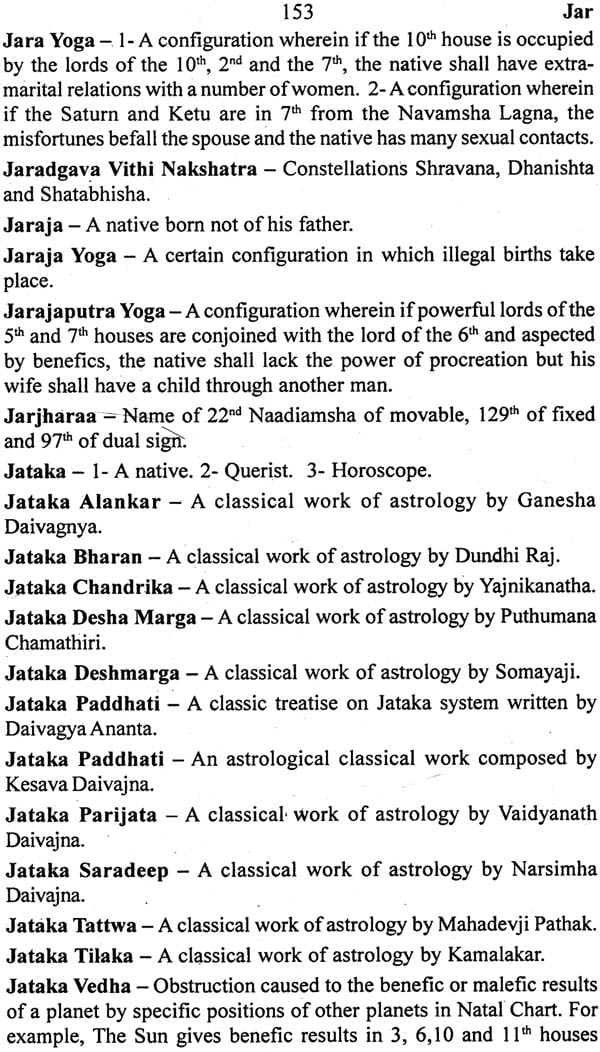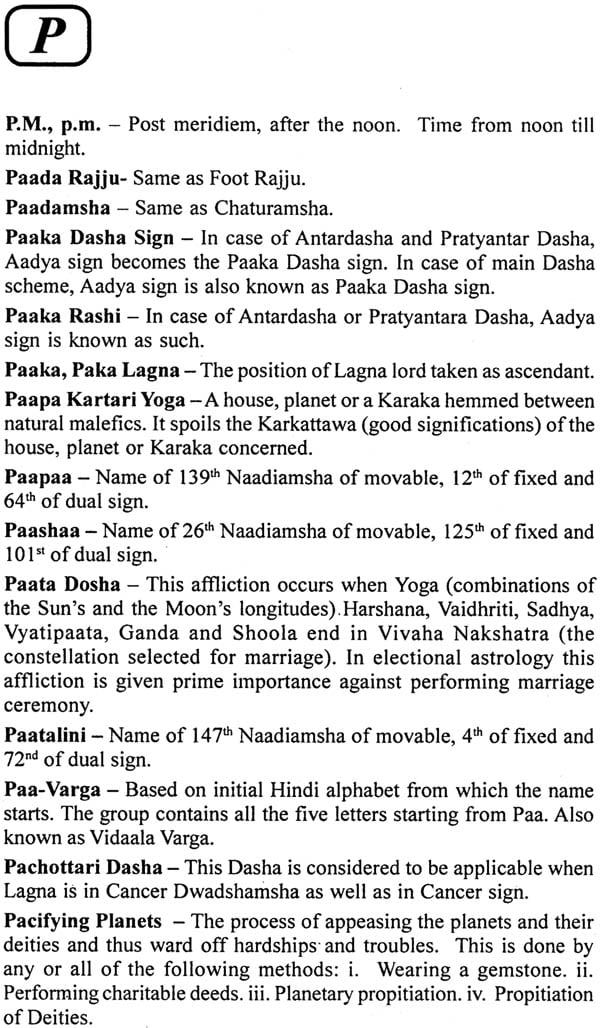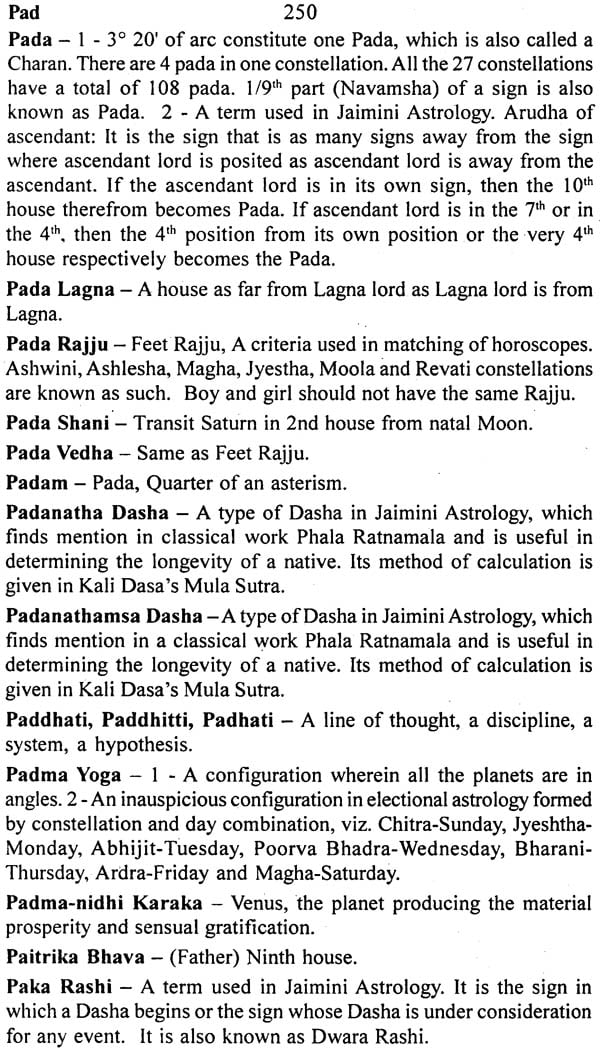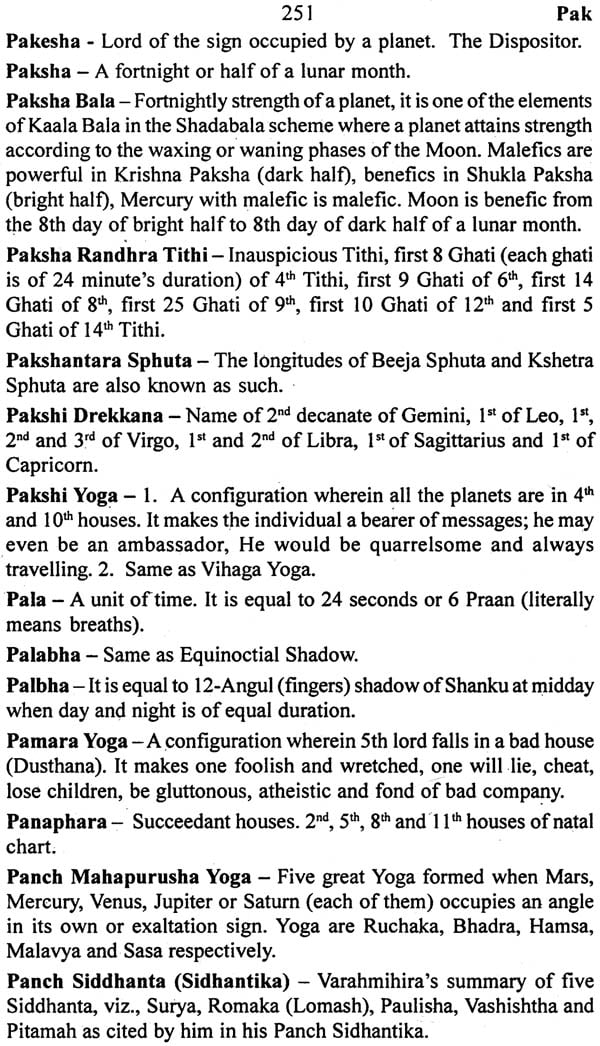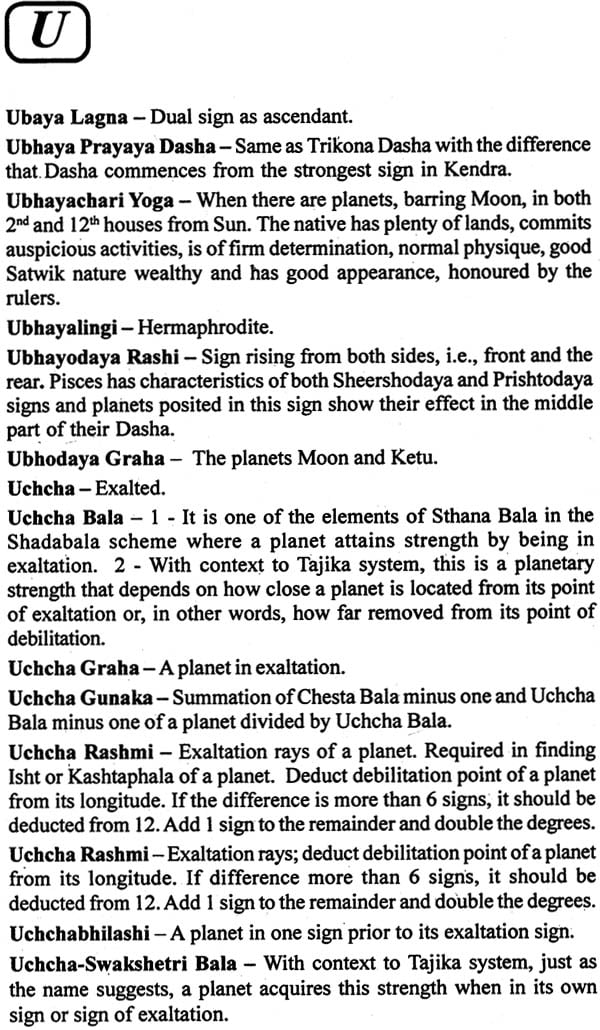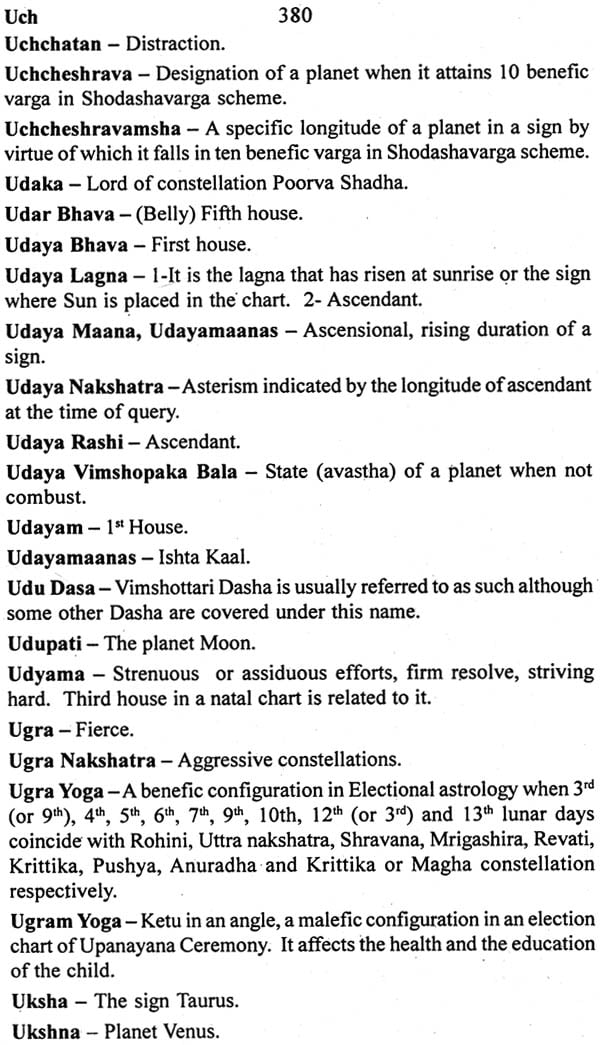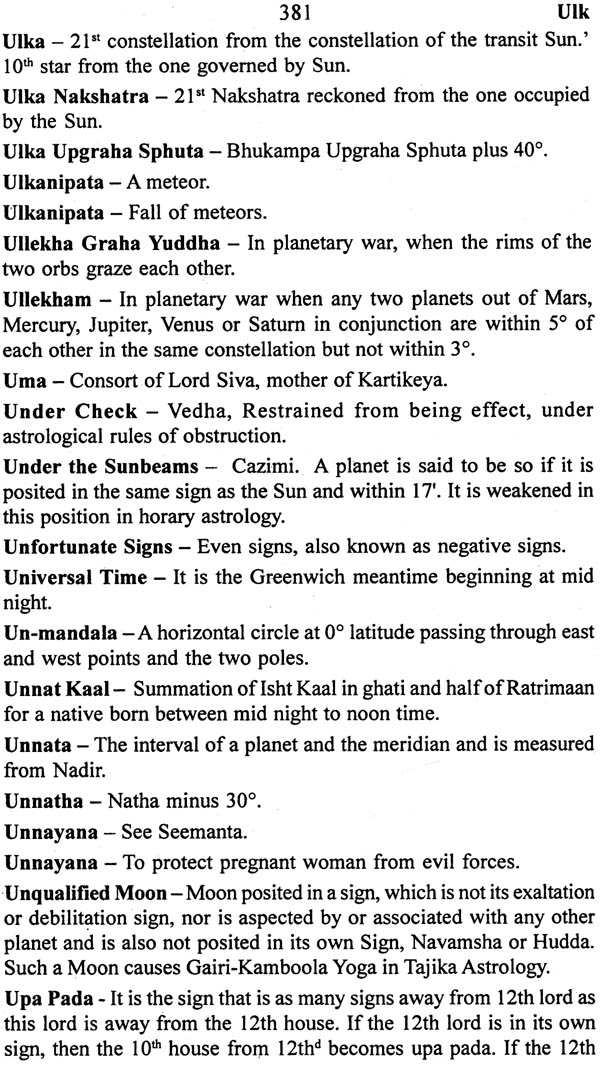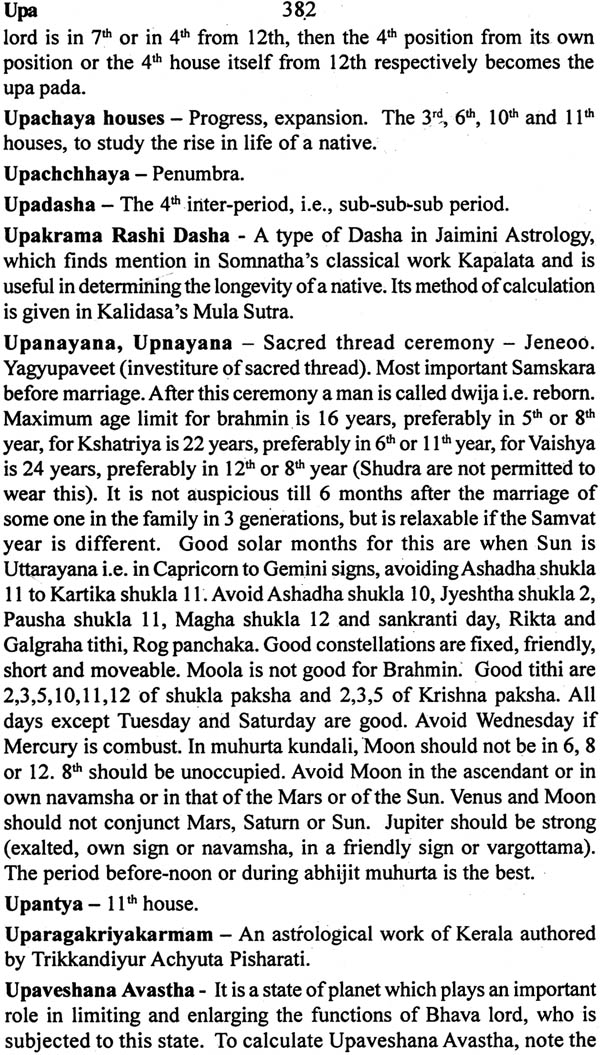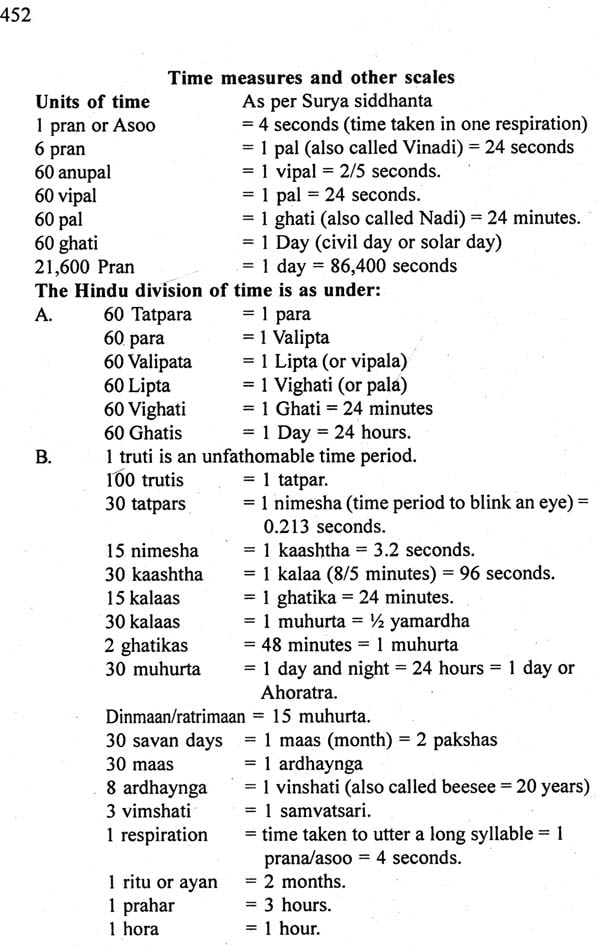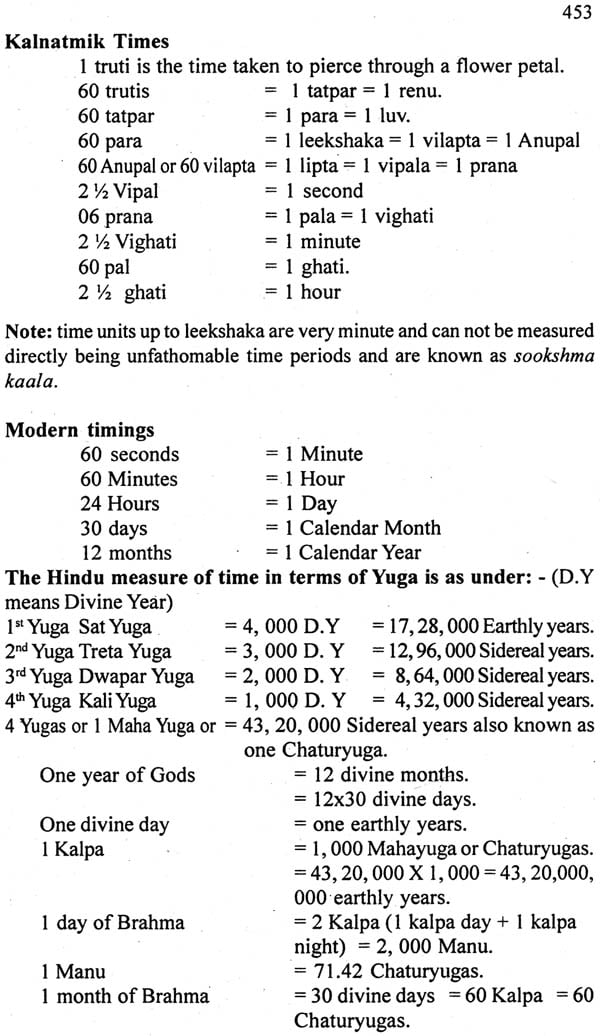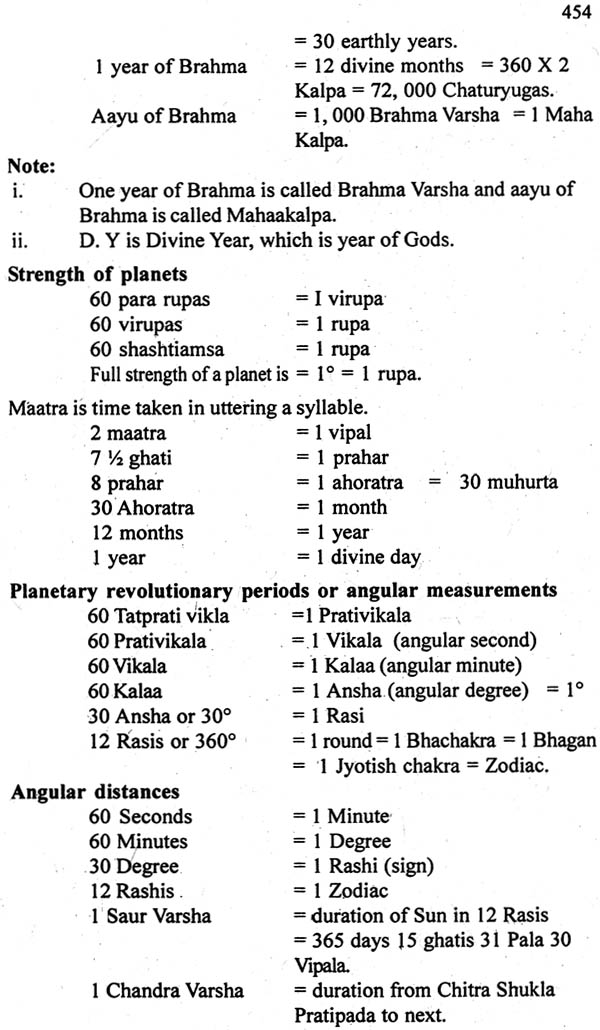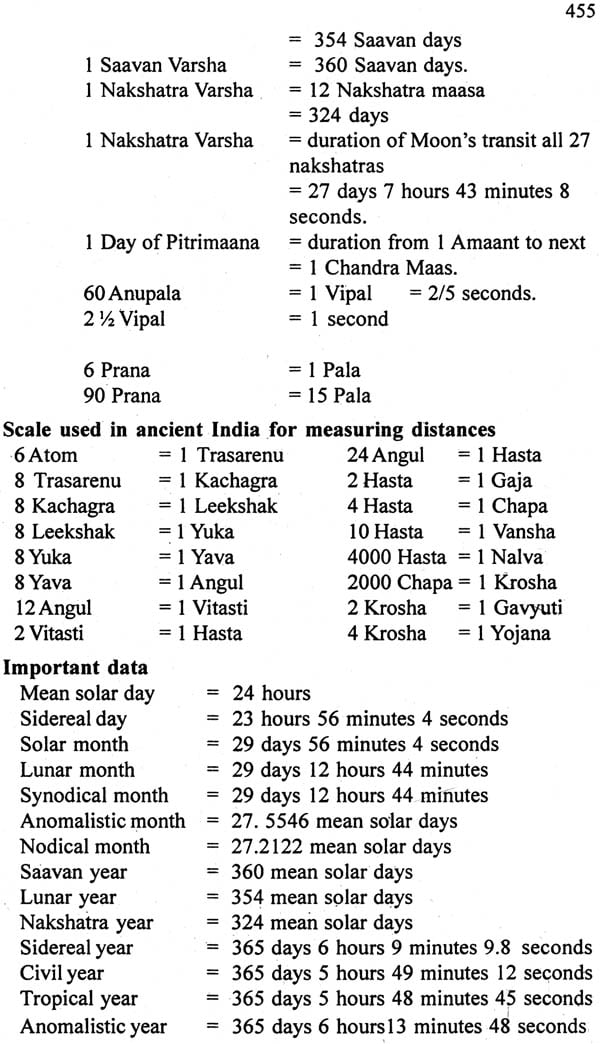
Astrology Concepts Explained in Alphabetic Order
Book Specification
| Item Code: | NAL849 |
| Author: | G.S. Aggarwal, Chander Bhalla and Dr. S.K. Duggal |
| Publisher: | Sagar Publications |
| Language: | English |
| Edition: | 2004 |
| ISBN: | 8170820529 |
| Pages: | 500 |
| Cover: | Paperback |
| Other Details | 9.0 inch X 6.0 inch |
| Weight | 620 gm |
Book Description
The book “Astrology-Concepts Explained” is a different publication from Classical Astrological Literature or the modern books, magazines or stray publications in various English and Regional languages.
The plethora of literature pertaining to Vedic Astrology is available in Prakrit, Sanskrit, Tamil, Hindi, and various other regional languages . The impact of Western Astrology is also to be noticed in the modern publications.
With the advent of modern communication technologies, there has been a lot of exchange of information which has resulted in intermingling of terminology of various system and languages.
The teachers of astrology as well as the students sometimes find it difficult to decipher the exact context of various term being used by modern authors. For the sake brevity the authors lace their writing with such, but of course appropriate, technical terms, that can baffle a reader. Undoubtedly one cannot have an oceanic vocabulary of Astrology. The majority fumbles when faced with terms the meaning of which one should have remembered but does not.
Worst dilemma is the ignorance as to what section of which text book to turn to at that juncture and again without marring the flow of the text under study.
The authors of this book have had their share of such blues and do strongly believe that such is the case with a vast majority. They faced difficulties particularly while teaching their students at Indian Council of Astrological Sciences (ICAS) – Chandigarh Chapter at Bhartiya Vidya Bhawan, Chandigarh.
The book is an explanation of astrological concepts to clear any doubt about the exact clarification of astrological terminology. Though it addresses the tremendous amount of literature available in Vedic Astrology in various languages yet terms used in Western Astrology have also been explained. The book enlightens both the elementary and advanced readers of the Divine Science of Astrology.
The study of text books on Astrology does pose a problem in that one keeps running into words the meanings of which one should have remembered – but doesn’t. But the problem is far more acute when one encounters a stray article or a periodical on Astrology. The latter would normally feature six to eight articles on radically different topics. Author each article puts up his best but has to squeeze in a lot of information within a limited space and the piece is littered with technical terms. Recalling accurately the meaning of the plethora of all these words within the covers of a periodical can be a very disconcerting experience. There is no denying the fact that barring some intellectuals, the feat of recalling all the meaning shall not be possible for an average student of Astrology, who after a reasonable training, does eventually turn to periodicals for enlarging his or her horizons.
Languages reflect cultures and their lines of thoughts, ways of life, beliefs, traditions and customs. Sanskrit is one such ancient most language and attempting to translate a culture that it defines is a selfdefeating exercise. Baring some words, the remaining overwhelming majority cannot be translated literally, the concept and terminology being sheer alien to English language. An attempt to force a translation, in a sense, kills the spirit of the word. But we admit having done just that at places, thought against our conscience, yet with the hope that non-Sanskrit (and Hindi) students may understand the idea that we had been beating about. Of course, it has not worked every time and in our attempt to push a translation, we may have violated the spirit of the term.
People have shown interest in Mystic Sciences from times immemorial. Astrology is References about Astrology appear in classical books, like Vedas and Upanishadas. Historical evidence dates back to existence of Astrology for many centuries and in many countries.
With the passage of time, there had have exchange of information between various systems of Astrology practiced in different countries, Lot of literature has been translated from on language into the other, The main source of Astrology in India had been in Sanskrit or Tamil languages, During the last one-century there have been earnest attempts to translate the information and compile it in almost all the languages prevelant in the country.
There had frequent use of words of one languages into the other and to extant that some words have become part and parcel of the language in which these have been adopted. Due to invasion of the Greek and the Moghul, many words of Greek, Urdu, Persian and Arabic languages are also encountered in various translations.
Many students in the West are showing keen interest in the Vedic Astrology and many in India are exploring the Western and other systems in search of better understanding. In view of these expanding interests, word have been selected from a vast number of classical and modern texts of Astrology, both Indian and Western.
Attempt has made to provide the concept of a word in a concise and as direct a manner as possible to enable a student to continue with the flow of the main text of study, But it has not been that simple a task and rather lengthy explanations could not be avoided at places. Still, we have endeavored that this volume does not read like ‘Astrology simplified’ or a treatise on Delineation – only idea being to provide an explanation quickly.
Key to pronunciation of words of Sanskrit and others has intentionally been held back.
We have been careful in selecting the words that a student shall commonly confront, majority being from Vedic Astrology, No doubt, we might have missed out on some important ones. The compilation is quite exhaustive and selective. Again, the explanation furnished is the one that has been gleaned from different texts, We have tried tofind a common link, At times we have succeeded and at times we may not have. We have mentioned alternative explanations also and leave it to the reader to pick up the ones that, as per his or her judgement, suit the best.
There is this catch in writing Sanskrit or Hindi word as such in English. Many texts write the same word differently, e.g., Lagna, Lagana and Lagan, Again, Tajak, Tajik, Tajika. There is no end to it. And again we find this upsetting tendency to add’s Sanskrit words for creating plurality and fit the word into English: Rashis, Nakshatras, Muhurtas, Grahas, Bhavas and what not. To us, on one hand, it appears to serve the purpose in away, but, on the other, it is not only unethical, it disfigures and violates the very dignity of a language: A Catch-22 situation. Most authors do it with impunity but we find the practice unsavory and have thus refrained from it. We have also tried to incorporate the spelling, which shall keep the pronunciation close to the original.
We sincerely hope that this compilation will fulfill the requirement of students for a quick cross-reference and, yet, we shall request the users to write to us about their suggestions, new words and their meaning along with the source. We shall endeavor to incorporate their suggestions in the next edition.
